Do you remember that leaking water on your walls? here is why you should not struggle
Highlights
- Poor installation: where the lapping was not properly paid attention to, or where the sizing was not proper either, worse still when the membrane is installed below the ground level (formation level) or below the water table.
- Age: with time the membrane deteriorates and loses effectiveness. Overtime, sedimentation overrides actual functionality of the membrane.
- Damage: the damp proof membrane is also susceptible to damage, due to poor handling at either the construction stage or after.
By Jimmy Avini
Frustratingly, many people are grappling with dampness on the walls of their beautiful houses; built in either fulfilment of a dream or out of need.
Dampness on the walls is manifested by flacking of the paints, efflorescence, stained patches among others. This is not only hazardous to the health of the occupants of the house, but also an exponentially dire degeneration to the structural integrity of the house, ultimately, the structure is condemned.
Well, the afore-going paragraph is temptingly plunging us into lamentation. Let us delve into some of the solutions.
Importantly, before prescribing any remedies to the problem, we need to understand the origin of the problem itself. Water is very good in working its way into our homes (houses), and hence through the walls, rising through the wall by capillarity. Presuming that the Damp proof membrane (DPM) or DPC was installed at construction stage, this barrier could fail due to:
Poor installation, where the lapping was not properly paid attention to, or where the sizing was not proper either, worse still when the membrane is installed below the ground level (formation level) or below the water table. The latter is an inexcusable engineering embarrassment.
Age, with time the membrane deteriorates and loses effectiveness. Overtime, sedimentation overrides actual functionality of the membrane.
Damage, the damp proof membrane is also susceptible to damage, due to poor handling at either the construction stage or after.
Less attention should be paid to the extra-terrestrial water like rain, melting ice, glaciers etc because all this will eventually go down to either the ground surface or into the ground by percolation. Its then at this point that the water starts climbing through the wall by capillarity.
It should expressly dawn on you that this monster water is patient and forgets not. It will always start low, tracing its existing route due to those tiny tears in the DPC and mistakes.
The remedies
Great, let us now attempt to remedy the problem which is facing most house owners.
Repairing the tears in the damp proof. This can effectively be done by under-pinning. This is not just a simple process as per say, if not properly done by a professional, you risk jeopardising the integrity of your whole structure.
For the step-by-step execution process of this, you can get to my inbox. But please, before you commit your heard-earned money into this process, ensure you trust your Engineer to deliver you to the promised land.
If the problem is from the condensation on the internal wall surfaces, you can just use de-humidifiers, the water will be calmed.
Chemical damp-proofing is also a smart route for you to take. Use a drill to make holes that are around 11mm wide in your walls. Ensure you drill through the external and internal walls (you may need to do this separately in case you have cavity walls). Always drill using the method and pattern recommended in your damp proof course instructions or as directed by the Engineer on site.
Use a pump that has a good pressure to push the liquid into your walls. This will create a damp proof layer in your walls to stop any moisture coming into your house from below. Use mortar to fill in the holes you made when damp proofing to prevent rainwater from entering your house. Let the mortar dry before making any further repairs to your walls.
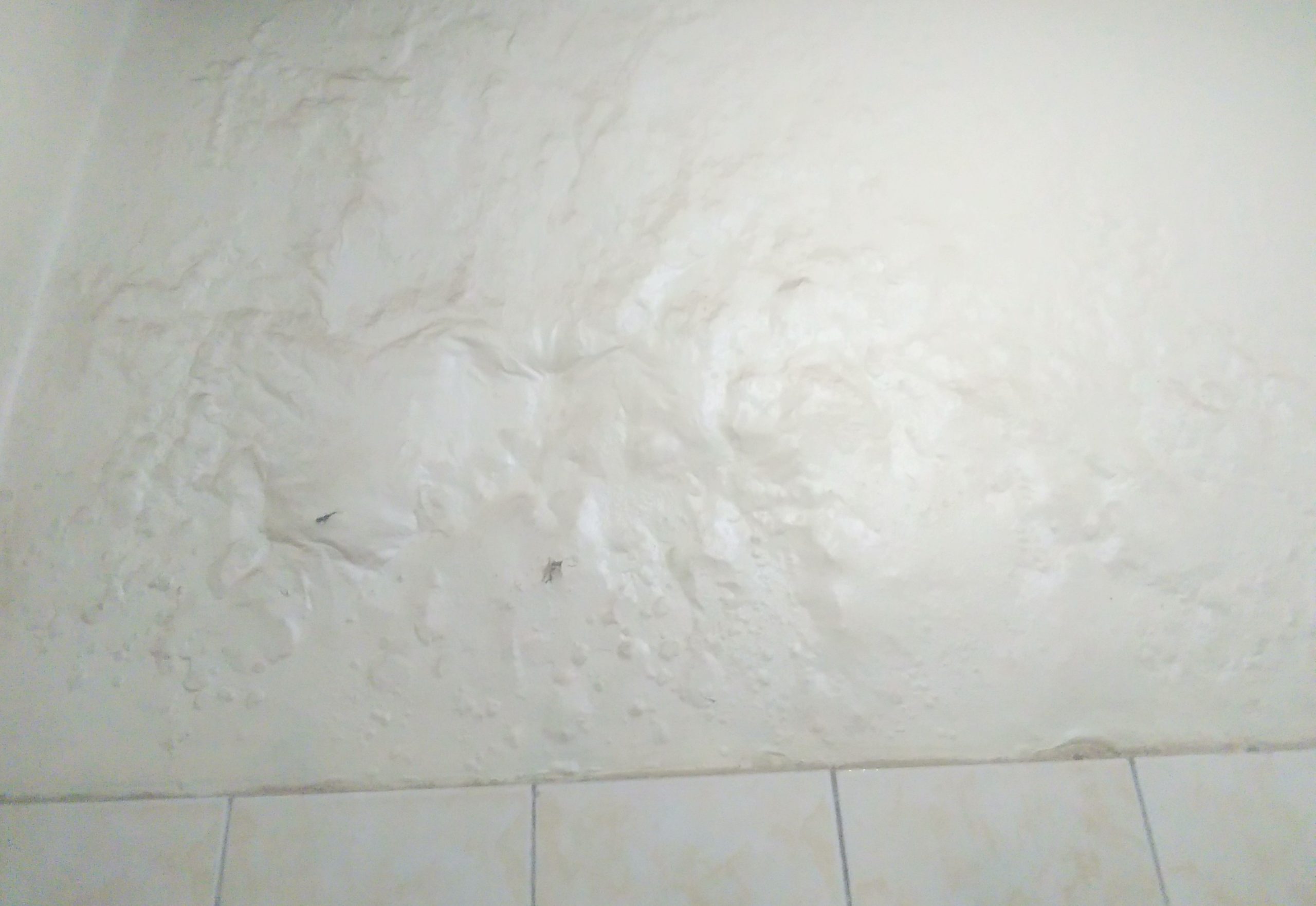
Safeguard this: A section of a dampen wall at an office.
But what if we stop being impulsive! This means the problem must be solved right from the beginning. Correct water proofing methods must be employed by your engineer at construction stage. Just know that there is confidence that comes with knowledge. If this phrase is applicable between you and your Engineer, you can even go ahead and build below water table and all will be well.
There are ultimately three approaches that you need to employ for your structural water proofing.
- Barrier protection. This is a surface treatment approach, which is applicable in circumstances of both positive and negative water pressures, depending on which side the water is. This includes use of membranes, surface pastes and paints. Just be careful on the originality of the product you are buying for this purpose and, again, the mode of application (expertise).
- Drained cavities. This respects the knowledge that other methods will fail at some point and water will flow. These cavities (ducts) are provided to guide water off the structure, and where need be, collected in a chamber so that it can eventually be pumped out. An Appropriate pump is installed and automated to deal with that nonsense of water.
- Integral protection. In this respect, water proofing materials are used within fresh concrete with the aim of plugging pores of the hardened concrete. The admixtures are either crystalline powders that are hydroscopic and hygroscopic or water reducing admixtures.
All these remedies, beautiful as they may seem require an epitome of knowledge and expertise on the part of your trusted Engineer. There is no little water, and I repeat, water does not forget its path.
A good Engineer can make you perfectly co-exist with that our friend called water without tapping on your annoyance and frustration bad.
Do not rush to repairing the affected part of the wall without proper diagnosis of the problem. This way, you could not be treating the problem, and the repercussions will be dire.
Honestly, don’t allow water to bother you when there are numerous qualified Engineers to deliver you across the flooding. But surely if you opt to engage these self-proclaimed engineers, we shall smile as you cry.
Admittingly, the water proofing domain is infinitely broad. It would be quite unwise of me claiming an “Omniscient” position in addressing these technical matters. It therefore suffices to say, that, this writeup only helps to provoke knowledge, and also to beam it a little that “Every engineering problem that stands out has a solution.”
The writer is a Civil Engineer, +256(0)782720720
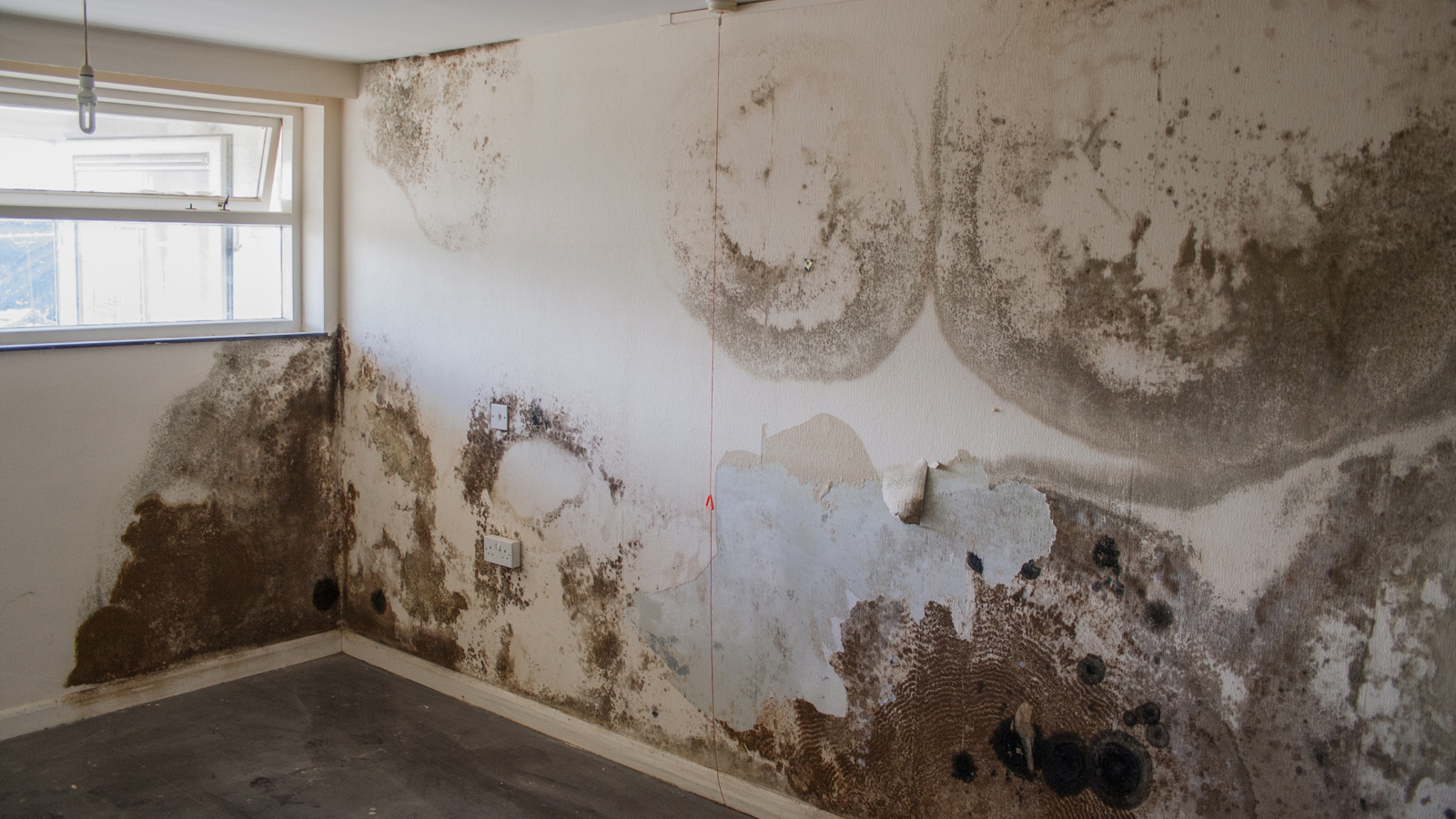


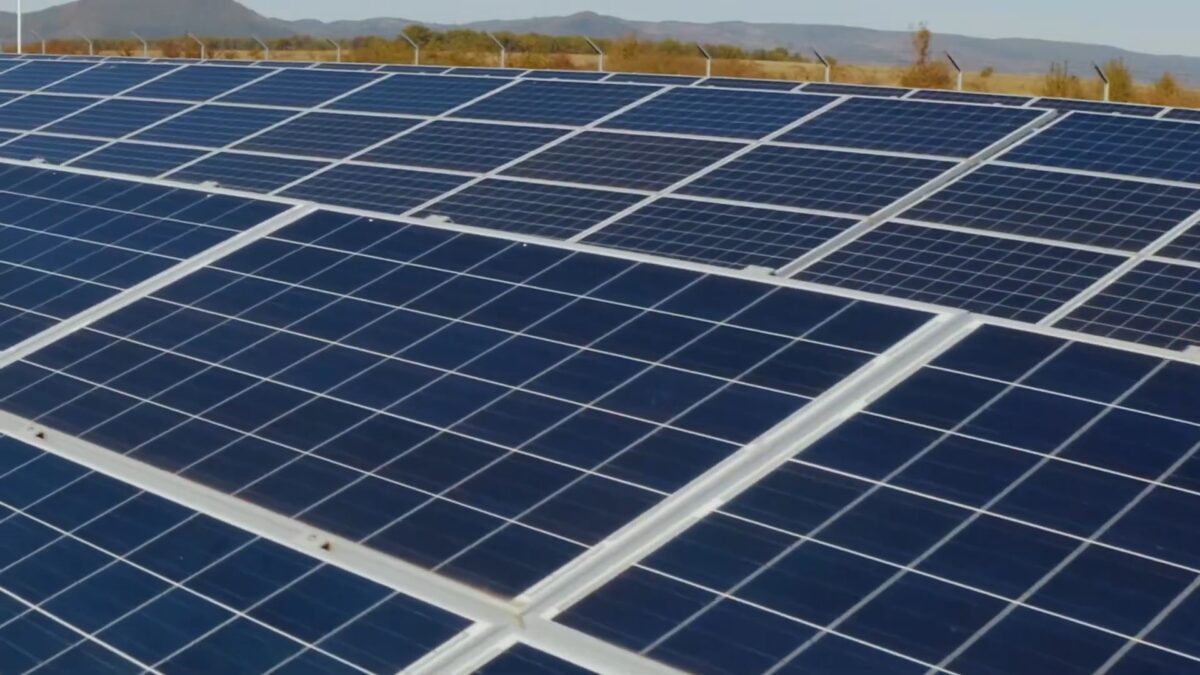


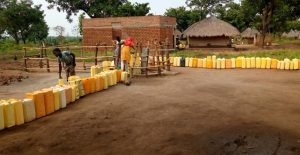

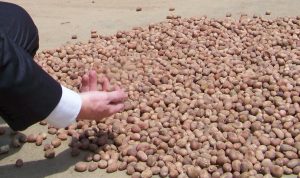
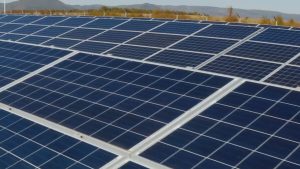

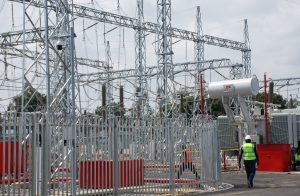


Post Comment